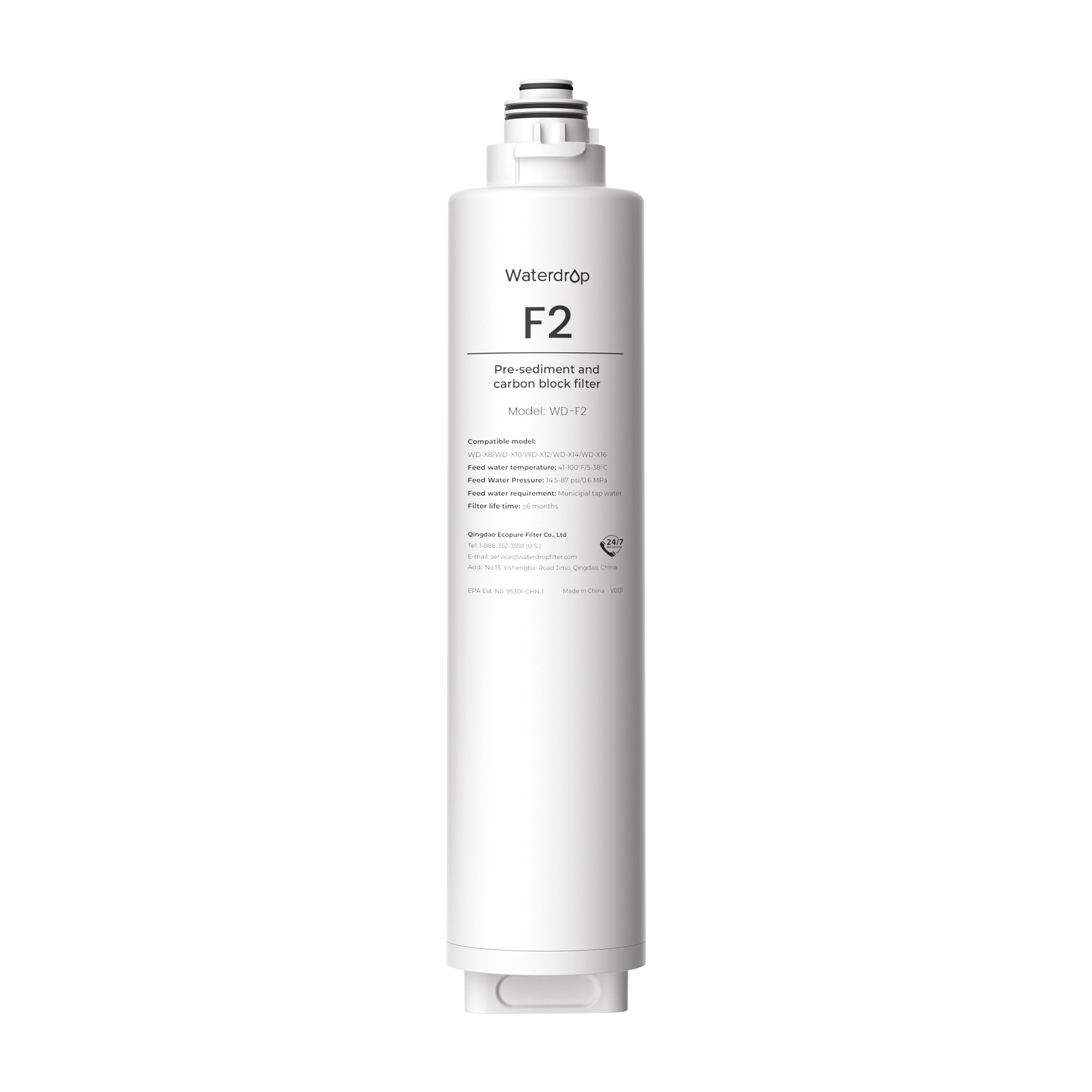Tap water is a vital resource, delivering clean drinking water to homes and businesses across Australia. But have you ever wondered what’s actually in the water coming out of your tap? While tap water undergoes strict treatment processes to ensure its safety, various chemicals are introduced to remove contaminants and improve quality. This article dives into the chemicals commonly found in Australian tap water, why they’re added, and what you need to know about water safety.
The Water Treatment Process in Australia
Australia’s tap water is regulated by the
Australian Drinking Water Guidelines (ADWG), which set strict standards for quality and safety. The water treatment process includes several stages:
1. Source water collection: Water is sourced from reservoirs, rivers, or groundwater.
2. Coagulation and flocculation: Chemicals like aluminium sulfate are added to bind impurities.
3. Filtration: Removes particles such as dirt and bacteria.
4. Disinfection: Chlorine or other disinfectants are added to kill harmful microorganisms.
5. Fluoridation: Fluoride is added in most areas to prevent tooth decay.
Each step ensures the water meets health and safety standards, but it also introduces certain chemicals that remain in trace amounts.
Common Chemicals in Australian Tap Water
Let’s explore the most common chemicals in tap water in Australia, their purposes, and potential effects on health.
Chlorine
Chlorine is widely used as a disinfectant to kill bacteria, viruses, and other pathogens. It ensures tap water is free from harmful microorganisms that could cause diseases like gastroenteritis or typhoid.
Generally safe in regulated amounts, but some people may notice a slight taste or smell. Excessive exposure to chlorine by-products, such as trihalomethanes (THMs), has been linked to health concerns, though levels in Australian water are carefully controlled.
Fluoride
Fluoride is added to most Australian tap water supplies to promote dental health by reducing tooth decay. The practice is endorsed by health organizations like the World Health Organization (WHO).
Fluoride is safe in low doses, but excessive exposure can lead to dental fluorosis (discolouration or mottling of teeth). The levels in Australian water are well below harmful thresholds.
Aluminium
Aluminium sulfate, also known as alum, is added during the coagulation stage of water treatment. It helps remove impurities by causing particles to clump together for easier filtration.
Residual aluminium in drinking water is minimal and considered safe. However, high levels of aluminium exposure have been linked to neurological conditions, so its concentration is strictly monitored.
Calcium and Magnesium
Calcium and magnesium occur naturally in water and contribute to its hardness. These minerals are essential for strong bones and teeth and are often beneficial to health.
Hard water is safe to drink and can provide additional nutrients, though some people find it affects the taste or leaves residue on surfaces.
Nitrates
Nitrates may enter water supplies from agricultural runoff, such as fertilizers. While typically present in low concentrations, nitrates can be harmful in high amounts, particularly to infants and pregnant women.
Excessive nitrate exposure can lead to conditions like methemoglobinemia, a blood disorder that reduces oxygen delivery to tissues. Australian water authorities work to ensure nitrate levels remain within safe limits.
Heavy Metals in Tap Water
Occasionally, trace amounts of heavy metals like lead, copper, and arsenic may be present in Australian tap water, often originating from old plumbing systems. While not intentionally added, these metals can leach into water through corroded pipes.
Lead
Lead exposure can be a significant health concern, especially for children. Although lead piping is largely phased out, older homes may still have lead components.
Prolonged exposure to lead can cause developmental delays in children and cardiovascular issues in adults. If you live in an older property, consider having your water tested.
Copper
Copper may leach into water from household plumbing. While it’s an essential nutrient, high levels can lead to a metallic taste and gastrointestinal discomfort.
Copper levels in Australian water are usually low, posing little risk. However, flushing taps before use can reduce any potential buildup.
How Safe Is Australian Tap Water?
Water utilities conduct regular testing to ensure compliance with ADWG standards, monitoring for bacteria, chemicals, and heavy metals. However, some Australians prefer to take additional precautions, such as using water filters to reduce chemical traces and improve taste.
Tips for Ensuring Safe Drinking Water
To further ensure the safety and quality of your tap water:
Use a water filter: Filters can reduce chlorine, fluoride, and heavy metal content. Look for certified products that meet Australian standards.
Flush your taps: Letting the water run for 30 seconds before use can clear out any stagnant water in pipes, especially if your home has old plumbing.
Stay informed: Check your local water authority’s website for water quality reports and updates.
Test your water: If you’re concerned about contaminants, have your water tested by a certified laboratory.
Conclusion
Australian tap water is rigorously tested and treated to meet high safety standards. While chemicals like chlorine, fluoride, and aluminium play crucial roles in maintaining water quality, they can sometimes raise concerns. By understanding what’s in your tap water and taking simple steps to ensure its safety, you can confidently enjoy clean and healthy drinking water.























































